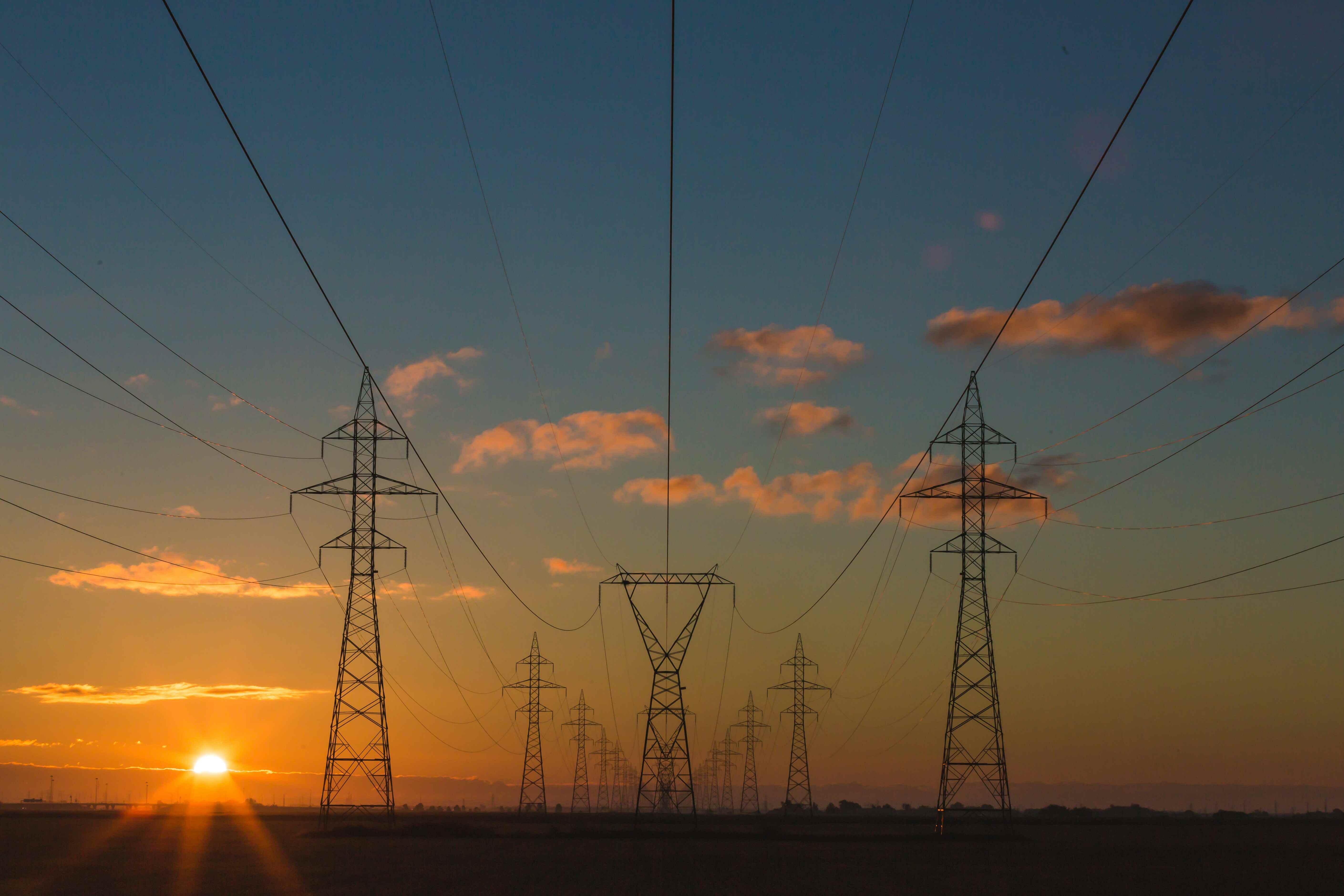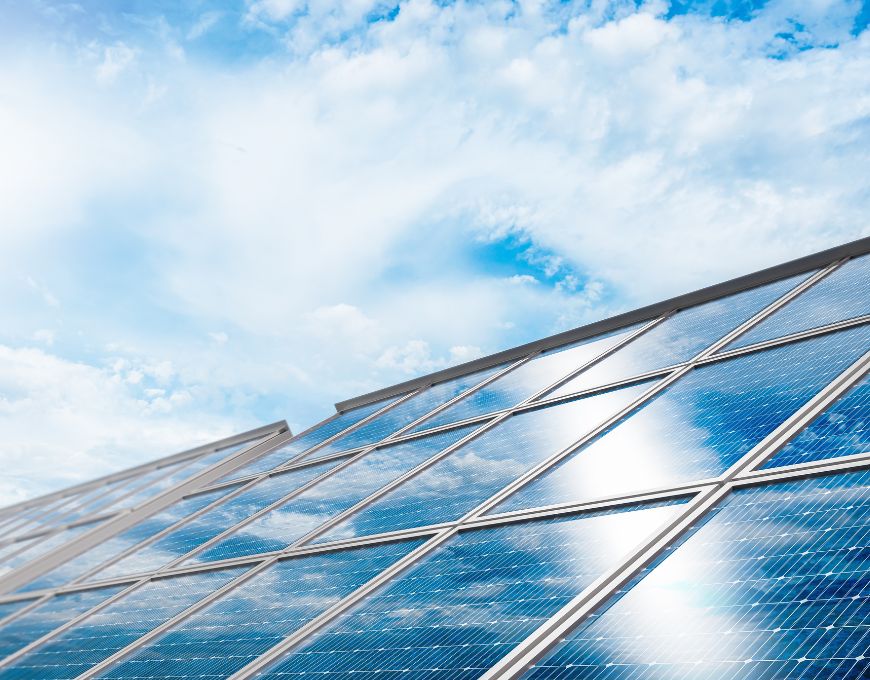
Joe Biden made energy and climate change key pillars in his election platform, and the Biden administration has announced a spate of related initiatives during its first month in office.
TL;DR
-
New roles and bodies, including the Office of Domestic Climate Policy, Special Presidential Envoy for Climate, and National Climate Task Force.
-
Reduce financing of carbon-intensive fossil fuel energy projects via international financial bodies.
-
Transition the electricity sector to 100% carbon-free by 2035, and US economy net-zero by 2050.
-
Eliminate fossil fuel subsidies and halting oil and gas drilling on federal lands.
-
Promote electric vehicle (especially buses) adoption and federal fleet conversion.
-
Home weatherizing and renovation funding, 1.5 million new energy-efficient housing units, net zero for new commercial buildings by 2030.
Seeking to signal a clear break from the Trump administration’s policies, President Biden is banking on the potential of green energy and technology to help rebuild and reshape the American economy in the wake of COVID-19. From earmarked spending to new legislation, the Biden White House is taking a whole-of-government approach to America’s climate and energy concerns.
Let’s take a closer look at what the Biden administration has announced, including pledges from the campaign trail.
Federal administration
From an administrative perspective, the Biden team has announced new climate-related positions and working groups, notably the nascent White House Office of Domestic Climate Policy headed by a new National Climate Advisor.
This position essentially the successor of a similar role (White House Office of Energy and Climate Change) that was created by President Obama in 2008 before being dissolved in 2011. The White House has also announced that “it is the policy of this administration that climate considerations shall be an essential element of US foreign policy and national security.”
For instance, the Department of Defence has reported that more than two-thirds of its operational facilities are threatened by climate-related risks, such as rising sea levels and extreme weather.
“It is the policy of this administration that climate considerations shall be an essential element of US foreign policy and national security.”
Other administrative changes include a new role – Special Presidential Envoy for Climate – currently filled by John Kerry. The Special Presidential Envoy for Climate has authority over energy and climate policy in the government’s executive branch.
The White House has also created a National Climate Task Force encompassing the leaders of 21 federal agencies. This group will facilitate inter-agency cooperation and create a whole-of-government response to climate change. The Civilian Climate Corps is another new organization that seeks to engage ordinary citizens in projects to tackle emissions and protect the environment.
Financing
Washington has pledged to implement a strategy whereby the US would exercise its votes in international financial institutions like the International Monetary Fund (IMF) and World Bank to promote financing habits in line with the Paris Agreement.
Similarly, the Biden administration will identify steps that the Development Finance Corporation (DFC) and Export-Import Bank of the United States can take to reduce the financing of carbon-intensive fossil-fuel-based energy projects. The government will also seek to ratify the Kigali Amendment of the Montreal Protocol to phase out the production and consumption of hydrofluorocarbons (HFCs) – a class of refrigerants that have a high greenhouse gas factor.
The Biden administration’s Build Back Better plan is directing $2 trillion in spending to a wide range of economic sectors, including energy.
Specifically, the White House has announced its intention to transition the electricity sector to carbon-free generation by 2035, as part of a wider plan to make the US economy net-zero by 2050. The technology-neutral Energy Efficiency and Clean Electricity Standard (EECES) will require utilities and grid operators to improve energy efficiency and procure electricity from clean energy sources.
To this end, the administration has announced a goal of doubling wind power by 2030 and a pause on the issuance of new oil and gas leases on public lands and offshore waters.
Oil and gas
Drilling on federal lands currently accounts for 22% of US oil production and 12% of natural gas production. Despite the moratorium, drilling will likely continue, since only half of the applications approved between 2014-2019 have been used.
Other plans for the oil and gas sector include converting brownfields (idled properties) into new growth hubs to help the revitalization of oil and gas communities. Rehabilitating and securing tens of thousands of abandoned oil and gas wells is also being proposed.
Federal agencies have also been tasked with eliminating fossil fuel subsidies (approximately $40 billion) and promoting clean energy development in their respective portfolios. There is also an increased emphasis on reducing emissions and increasing sustainability for contractors supplying the federal government.
Decisions requiring federal permitting will be required to consider GHG emissions and climate change as part of the planning process.
The Department of Energy has announced $100 million in funding to support transformational low-carbon technologies under the aegis of the Advanced Research Projects Agency – Climate (ARPA-C). A similar research group (Advanced Research Projects Agency – Energy) is funding research in everything from soil management and plant biologies to increase carbon uptake, net-zero buildings, and carbon-free hydrogen production.
Transport
Regarding transport, Washington plans to fully electrify the federal vehicle fleet (645,000 vehicles), including Postal Service vehicles. The federal government has pledged to install 500,000 electric vehicle charging stations across the country and that all buses produced in the United States will be zero-emission by 2030.
The conversion of 500,000 school buses to zero-emission power systems is also to be accelerated. Washington has pledged to work with Amtrak and private rail companies to further electrify the rail system and reduce diesel emissions.
The Biden administration has promised to ensure that every US city with a population of over 100,000 has access to high-quality, zero-emission public transit options (ranging from pedestrian walkways to light rail) by 2030.
Each federal agency has been told to create an action plan that identifies climate vulnerabilities and ways to increase energy and water efficiency in federal buildings. On the issue of buildings more generally, there are plans to create 1.5 million new energy-efficient houses and public housing units.
There is also the goal of weatherizing 2 million homes and upgrading 4 million buildings over the next four years. The Biden administration also plans to upgrade 4 million commercial and implement net-zero emission standards for all new commercial buildings by 2030. This will support Washington’s aim to cut emissions from national building stock by 50% by 2035.







